FiveThirtyEight has been predicting NBA games for a few years now, based on a variant of Elo ratings, which in turn have roots in ranking chess players. But for this season, they have a new metric to predict with called RAPTOR, or Robust Algorithm (using) Player Tracking (and) On/Off Ratings:
NBA teams highly value floor spacing, defense and shot creation, and they place relatively little value on traditional big-man skills. RAPTOR likewise values these things — not because we made any deliberate attempt to design the system that way but because the importance of those skills emerges naturally from the data. RAPTOR thinks ball-dominant players such as James Harden and Steph Curry are phenomenally good. It highly values two-way wings such as Kawhi Leonard and Paul George. It can have a love-hate relationship with centers, who are sometimes overvalued in other statistical systems. But it appreciates modern centers such as Nikola Jokić and Joel Embiid, as well as defensive stalwarts like Rudy Gobert.
I’ve mostly ignored sports-related predictions ever since the Golden State Warriors lost in the 2016 finals. There was a high probability that they would win it all, but they did not. That’s when I realized the predictions would only lead to a neutral confirmation or severe disappointment, but never happiness.
I’m sure this new metric will be different.

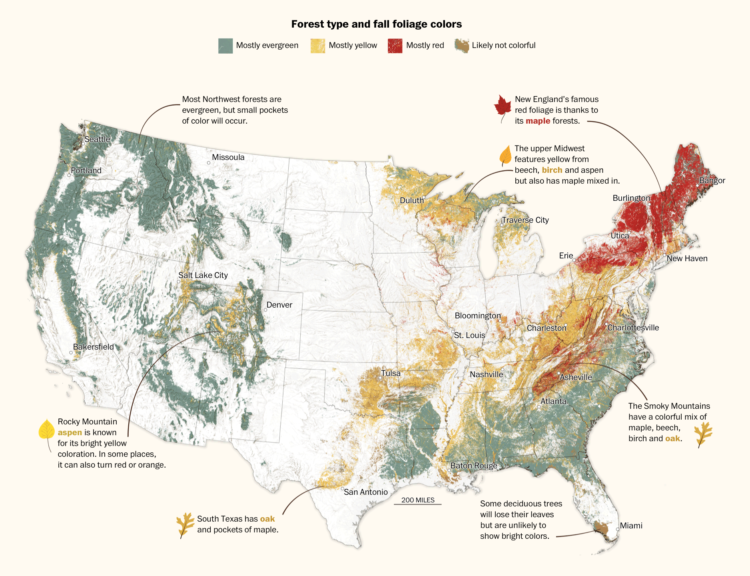
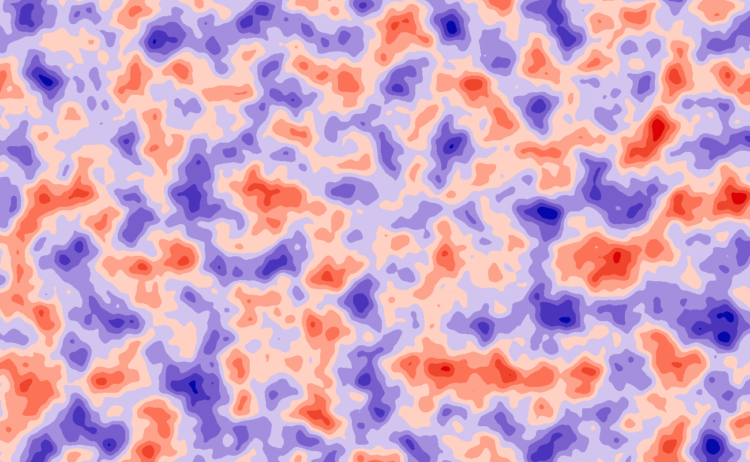
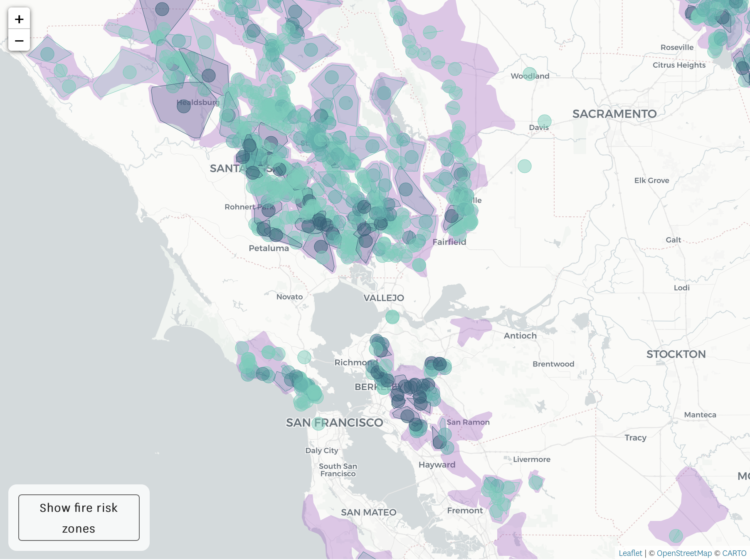
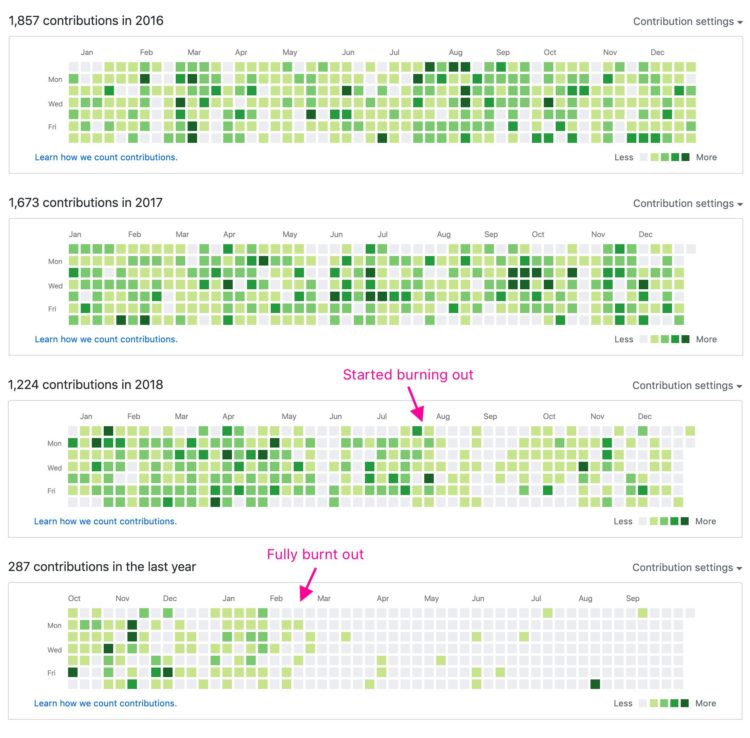
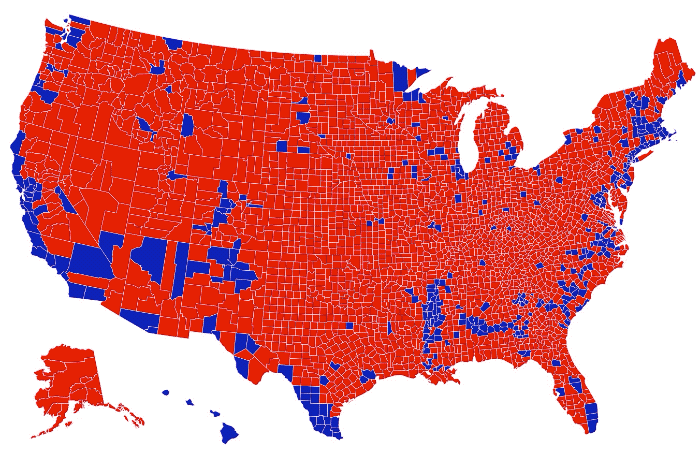
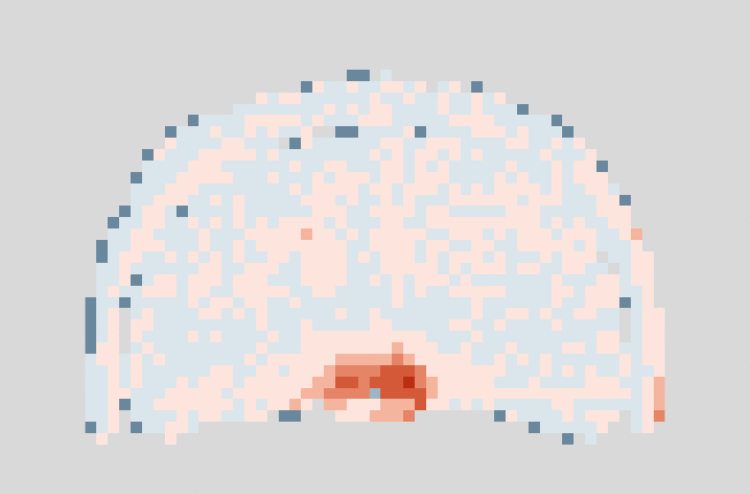
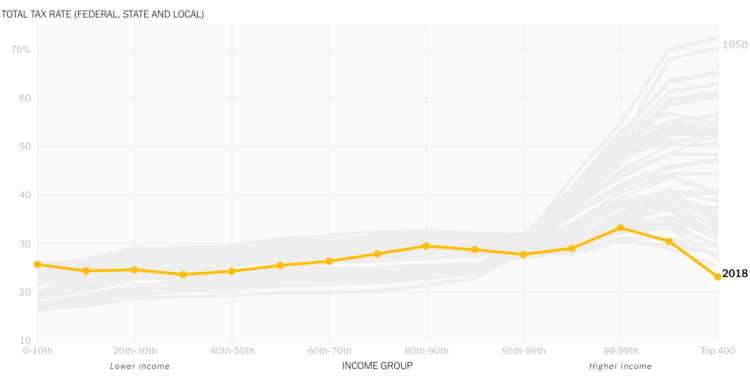
 Visualization is a relatively new field. Sort of. The increased availability of data has pushed visualization forward in more recent years, but its roots go back centuries. Michael Friendly and Howard Wainer rewind back to the second half of the 1800s,
Visualization is a relatively new field. Sort of. The increased availability of data has pushed visualization forward in more recent years, but its roots go back centuries. Michael Friendly and Howard Wainer rewind back to the second half of the 1800s, 
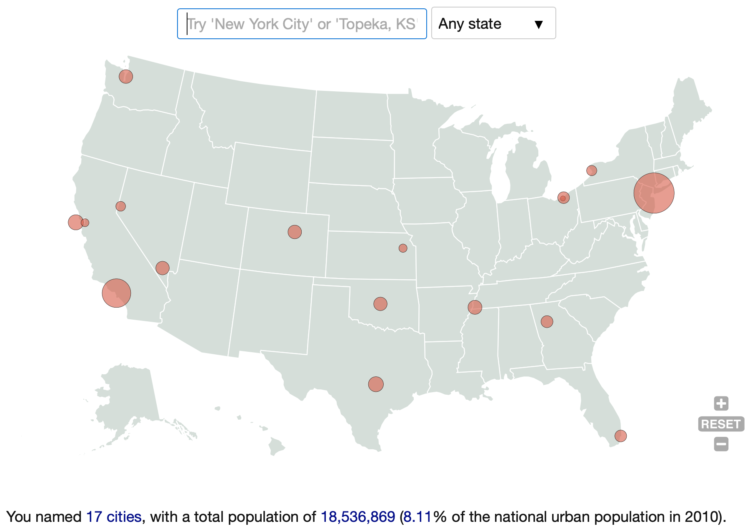
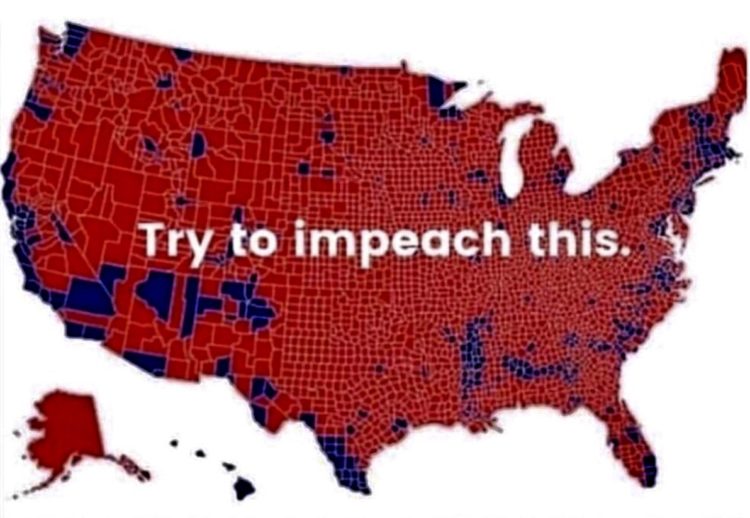
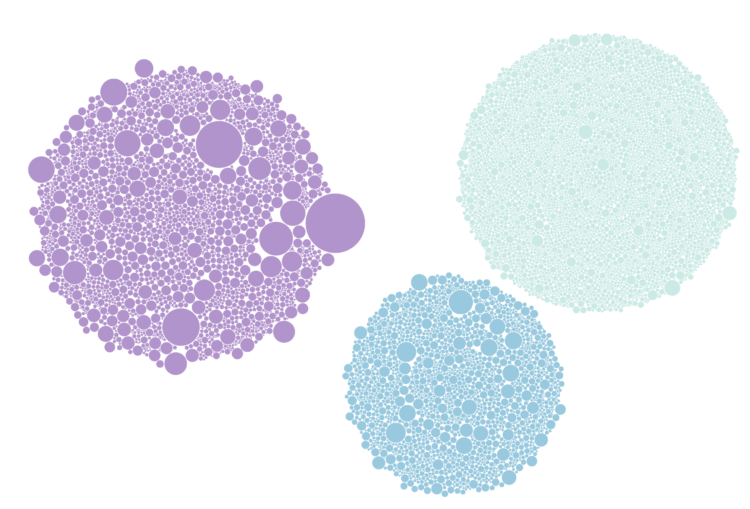

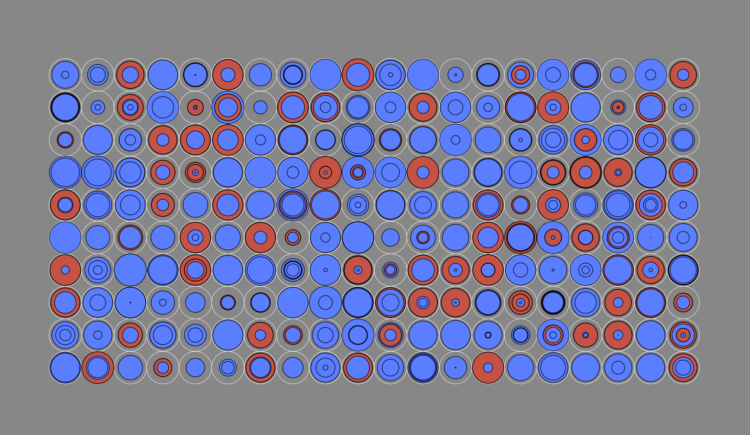
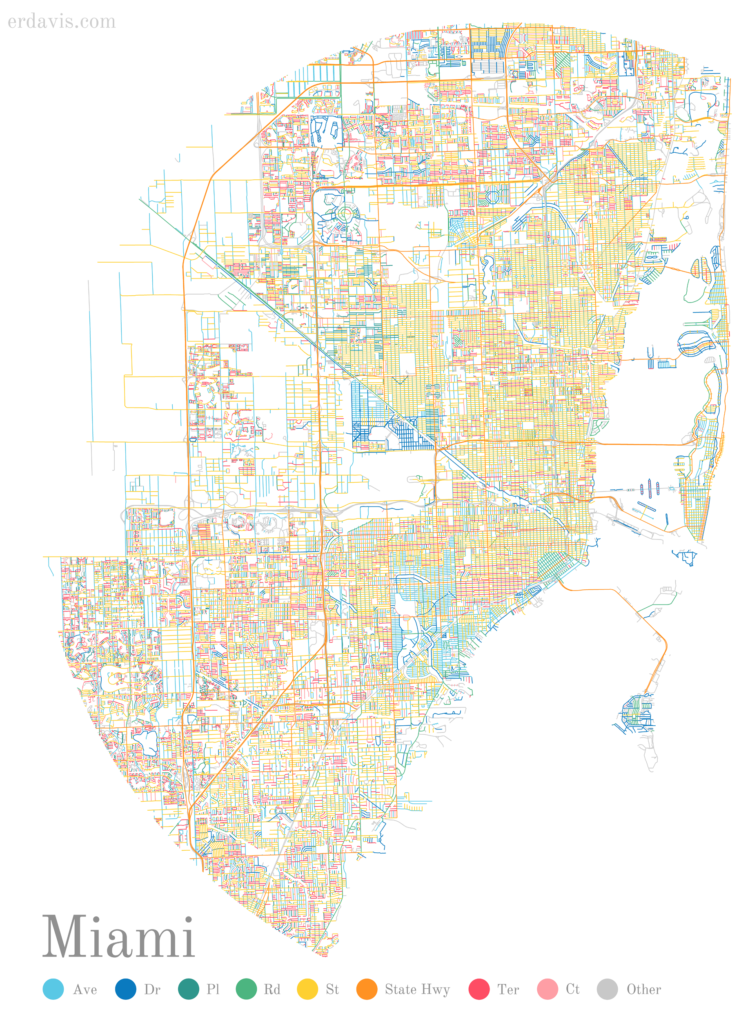










 Visualize This: The FlowingData Guide to Design, Visualization, and Statistics
Visualize This: The FlowingData Guide to Design, Visualization, and Statistics
